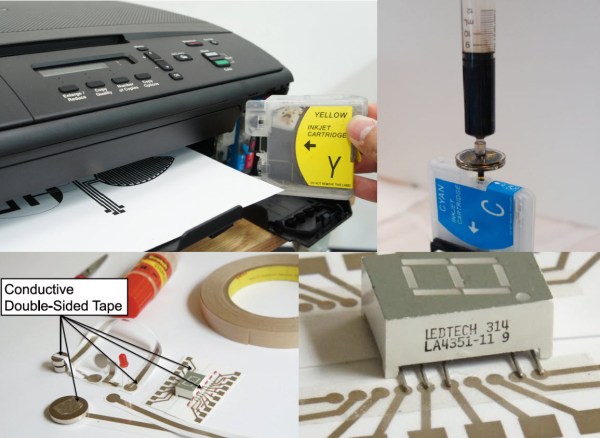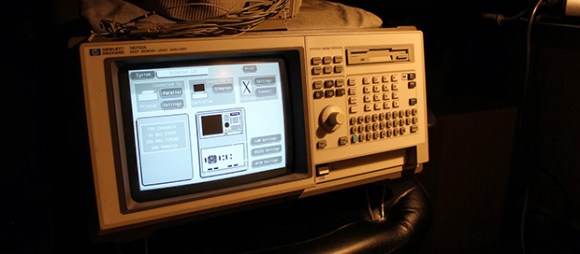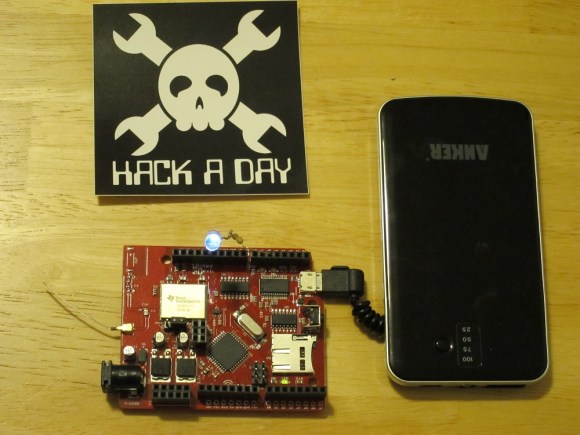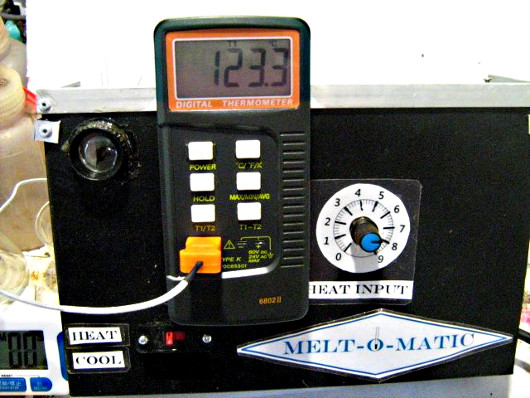![]()
Nowadays, if you want to ‘check in with Foursquare’ at your local laundromat, deli, or gas station, you need to take out your phone and manually ‘check in with Foursquare’. It’s like we’re living in the stone age. iBeacon, Apple’s NFC competitor that operates over Bluetooth 4.0 changes all that. iBeacon can automatically notify both iOS and Android users of where they are. [Kevin Townsend] over at Adafruit came up with a tutorial that turns a Raspberry Pi into an iBeacon, perfect for telling you that you’re somewhere in the proximity of a Raspberry Pi, and some other cool stuff too.
The iBeacon protocol is actually very simple. Basically, the only thing the iBeacon transmits is a 128-bit company/entity value, and an optional major and minor values (to differentiate between locations and nodes within locations, respectively). After plugging in a Bluetooth 4.0 USB dongle into the Pi, it’s a simple matter of installing BlueZ and entering the iBeacon data.
iBeacon by itself doesn’t really do anything – the heavy lifting of figuring out exactly which Panera Bread or Starbucks you’re in is left to the apps on your phone. If you’re a mobile developer, though, this is a great way to set up a very useful testing rig.

















